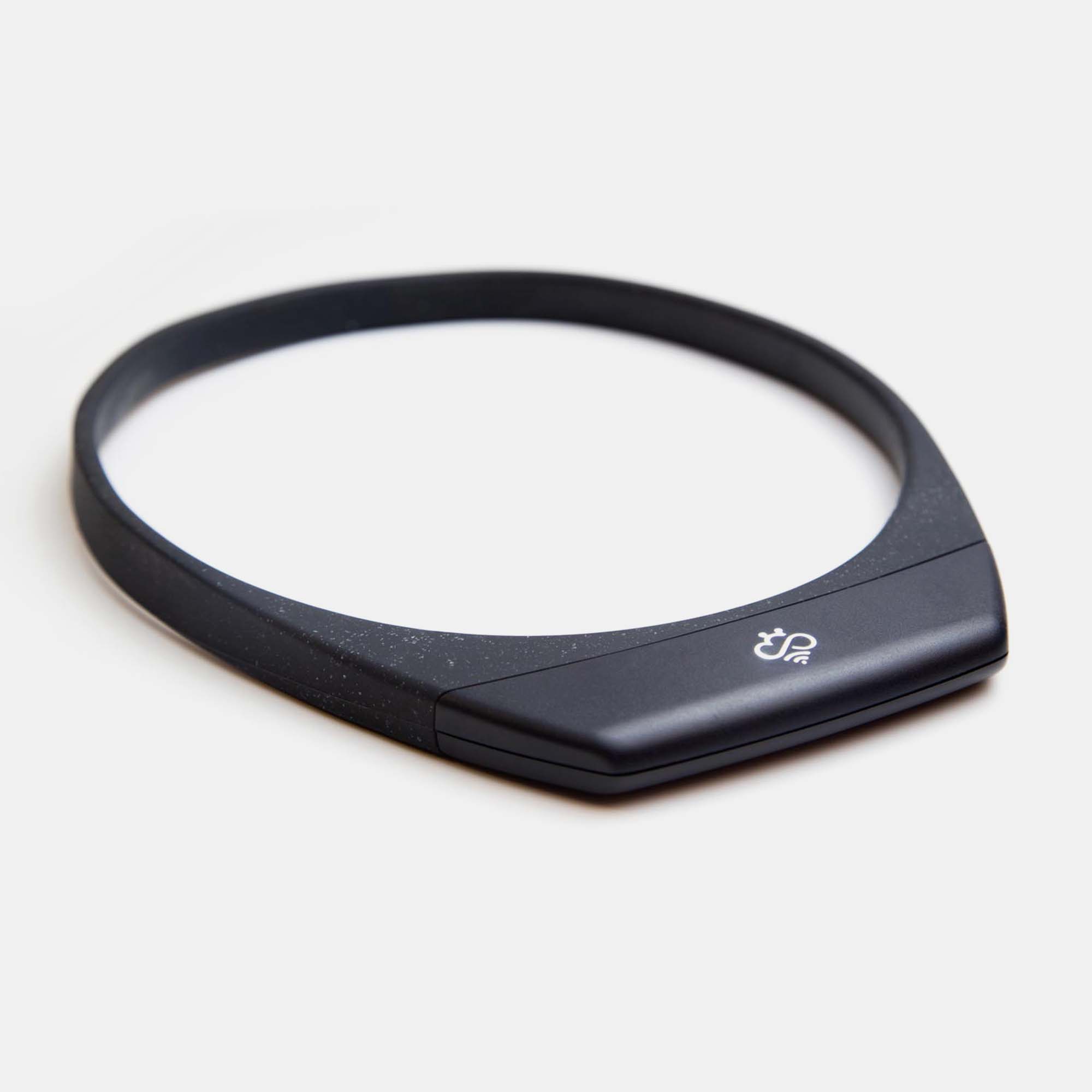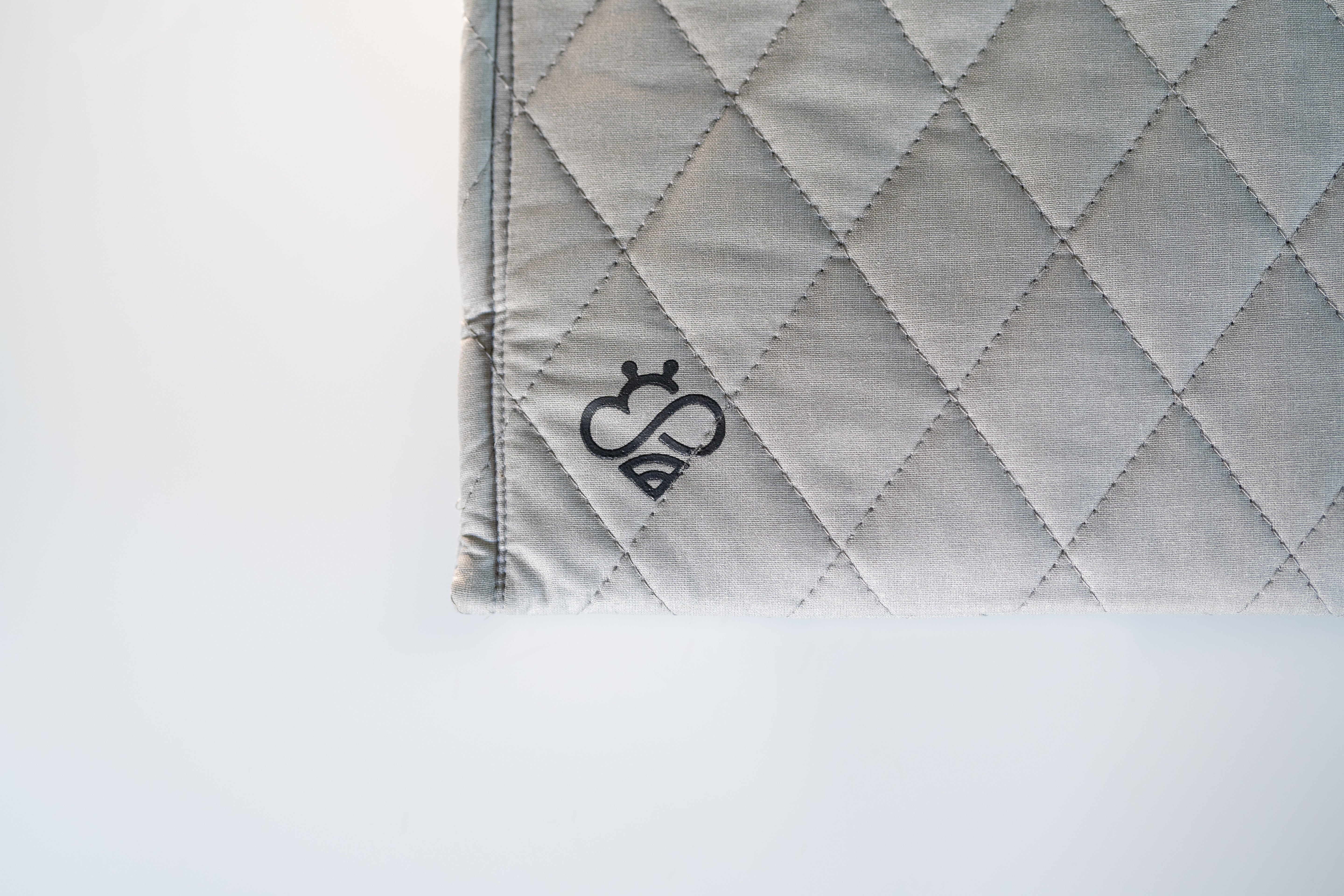Sleep is such a precious commodity these days, yet most Americans just aren’t getting enough — 35.2% of U.S. adults report sleeping, on average, for less than seven hours per night, according to the Sleep Foundation. By logging so few hours of shut eye each evening, it’s no wonder that almost half of all Americans say they feel sleepy during the day between three and seven days a week.
But in today’s fast-paced society, it’s not surprising that sleep is consistently shortchanged. When there don’t seem to be enough hours in the day to get everything done, sleep feels like one of those “pesky” tasks that gets deprioritized in favor of answering more emails, binging another TV series, or making school lunches.
Yet, insufficient sleep comes with very real consequences, including an increased risk of car crashes and workplace accidents, decreased workplace productivity, and numerous health problems, such as obesity, depression and even cardiovascular disease.
The solution? Power naps. And if you aren’t taking them, you’re missing out.
And if you aren’t using Hapbee to help power your power nap, then you’re overlooking the midday sleep aid you can count on to:
- replace chemical substances you use to fall asleep
- replace the need to drink caffeine after a nap, which will only keep you up later that night when it’s time for bed (thus creating a never-ending cycle of sleep deprivation)
- help you to relax before winding down for a nap
- schedule the power nap, with effects that wear off as soon as you turn it off so that you can get back to being productive quickly
The benefits of power naps
There’s a reason so many countries throughout the Mediterranean and Latin America have made an afternoon nap, or siesta, a staple in their cultures: it’s a great way to catch up on much-needed sleep.
According to the Mayo Clinic, napping offers numerous health benefits, including relaxation, reduced fatigue, increased alertness, improved mood, and improved performance (such as quicker reaction time and better memory).
Though it may not seem like you can accomplish much rest in just 30 minutes, you’ll be surprised to learn that’s really all it takes. A NASA study found that pilots who slept in the cockpit for 26 minutes showed alertness improvements of up to 54% and job performance improvements by 34%, compared to pilots who didn’t take a power nap.
About one-third of adults in the U.S. takes a daily nap, so it’s not as far-fetched of a concept as one might think. And the pandemic may have played a positive role in normalizing power naps in this country. New research from The Better Sleep Council reveals that people working from home or in hybrid situations are two times more likely to take naps during the workday than their in-office counterparts. It’s also a phenomenon gaining popularity among younger adults, as Generation Z are 3.4 times more likely to take naps during the workday than Boomers (and Millennials are 2.5 times more likely). Hey, if all the cool kids are doing it, why aren’t you?
8 tips for taking an effective nap
While it may be hard (read: impossible) in our society to hop offline for several hours during the middle of the day for a true siesta, as is done around the world, it is quite possible to squeeze in a power nap during the time you allocate for lunch. Once you learn how to power nap properly, we think you’ll be hooked. Just follow these steps:
- Set your alarm for a short nap. A true power nap should only last 20-30 minutes. The goal isn’t to catch up on the hours you missed the night before, but rather to rest and reboot your brain as efficiently as possible. With a nap of this length, you’re also less likely to experience sleep inertia, or the grogginess and disorientation some experience after an afternoon nap. Be sure to set an alarm to ensure you don’t oversleep, as that may do more harm than good come bedtime.
- The earlier, the better. Napping too late in the day can negatively impact your ability to fall asleep at night, so you’ll want to aim for an early afternoon power nap. Somewhere between noon and 2 p.m. is ideal for most people.
- Create a cozy sleep environment. Choose a quiet, dark place that feels cool and comfortable. The fewer distractions, the better, so turn off your email notifications and put your phone face-down.
- Choose your sleep aids. At first, it may feel odd to shut off your brain in the middle of the day, so that’s when it’s time to lean on the help of sleep aids — like a white noise machine, ear plugs, a weighted blanket, or eye mask — to cue your body that despite the sun being out, it is, in fact, time to rest.
- Grab your Hapbee. As you get yourself situated, don’t forget to reach for Hapbee, your trusty sleep-inducing device. Simply set your Hapbee app to the Power Nap Blend and it’ll help you slip into a more relaxed state that’s ideal for dozing off. How does it work? It’s a combination of CBD and Adenosine, a perfect mix for falling asleep. And the best part is that the effects will wear off as soon as you turn it off, with no lingering cobwebs that’ll stunt your afternoon productivity. Plus, you can schedule your session in the mobile app for 3, 15, 30, or 60 minutes, so it's conducive for adhering to best practices while power napping.
- Try a little caffeine. It may sound counter-intuitive, but some people swear by drinking a tiny amount of caffeine right before their nap to help avoid that after-nap grogginess that’ll leave you regretting your afternoon shut-eye — in theory, the caffeine shouldn’t “kick in” until it’s time for them to wake up. But who wants to risk a caffeine buzz so close to bedtime? If you do happen to feel disoriented once you awake from your power nap, Hapbee can help clear the cobwebs and avoid throwing off your nighttime sleep schedule. Choose the Afternoon Slump or Morning Coffee Blends or the Boost Signal for the perfect pick-me-up that’ll kick your productivity back into high gear.
- Don’t force it. Some days, napping comes easily. Other days, it just might not happen despite your best efforts. There’s no reason to ever force a nap — if you can’t drift off to sleep in about 15 minutes or so, then you can always try again tomorrow. But it can also be beneficial to just lay there and rest your eyes too, using your Hapbee set to the Relax Signal, so don’t feel that any time spent relaxing but not sleeping is wasted.
- Let go of the guilt. A quick message for all you Type A personalities and overachievers: try not to fixate on all the things you “should” be doing instead of taking a nap — most anything can wait another 20-30 minutes, especially if it means you’ll be bringing your well-rested A game to the table.
Power naps are the new flex when it comes to ensuring you get enough shut-eye each day for peak performance, so consider Hapbee your trusted all-in-one sleep aid to help fall asleep, stay asleep, and wake up with zero side effects.





